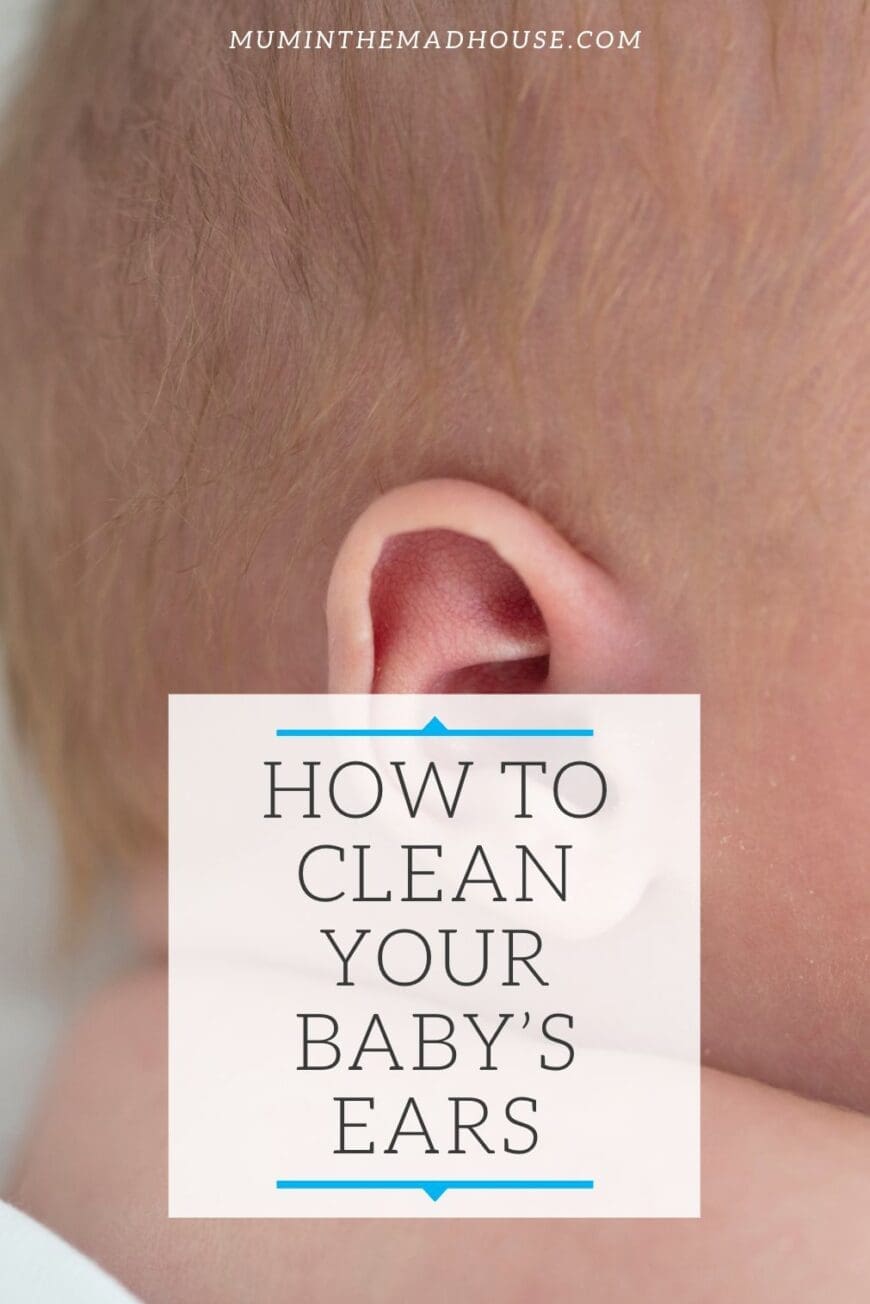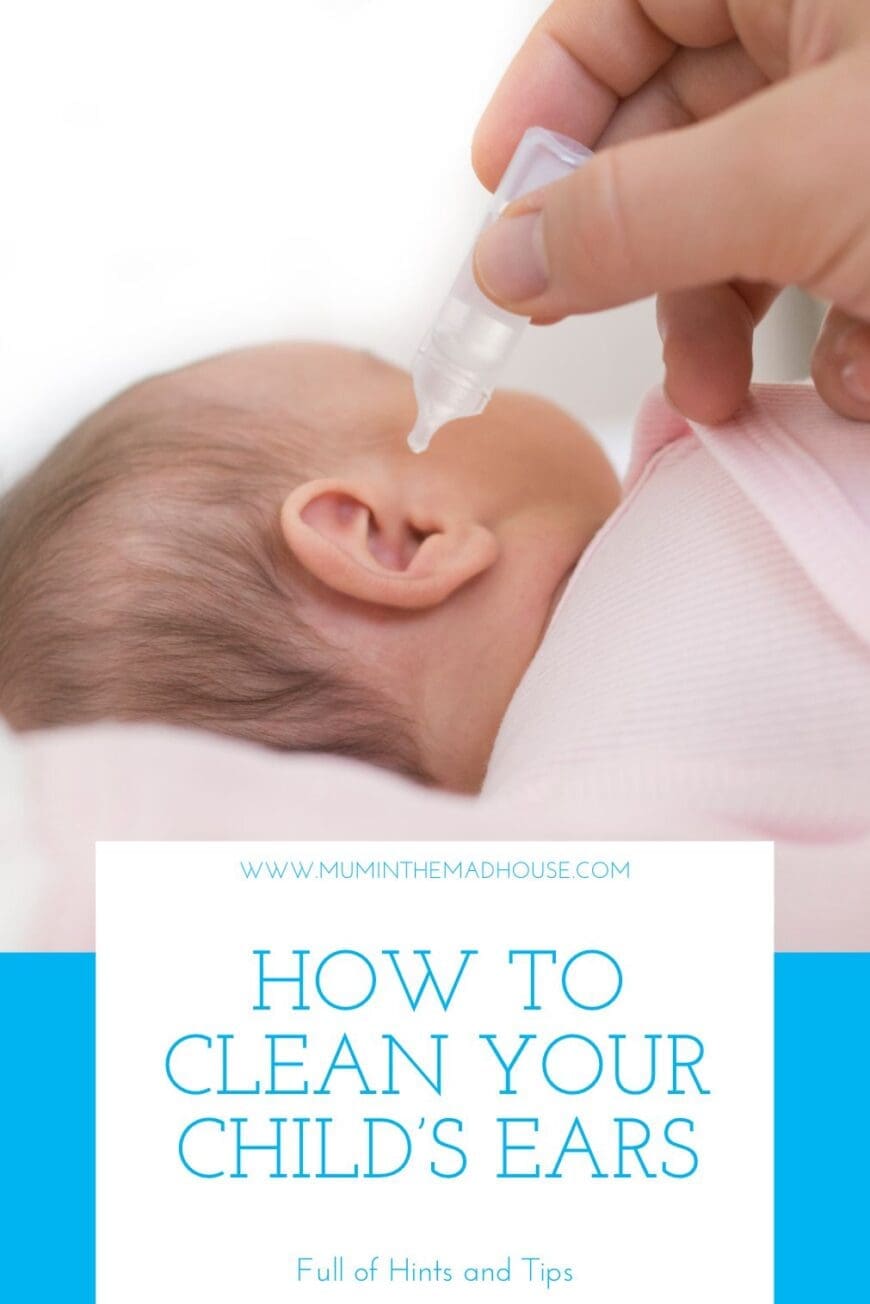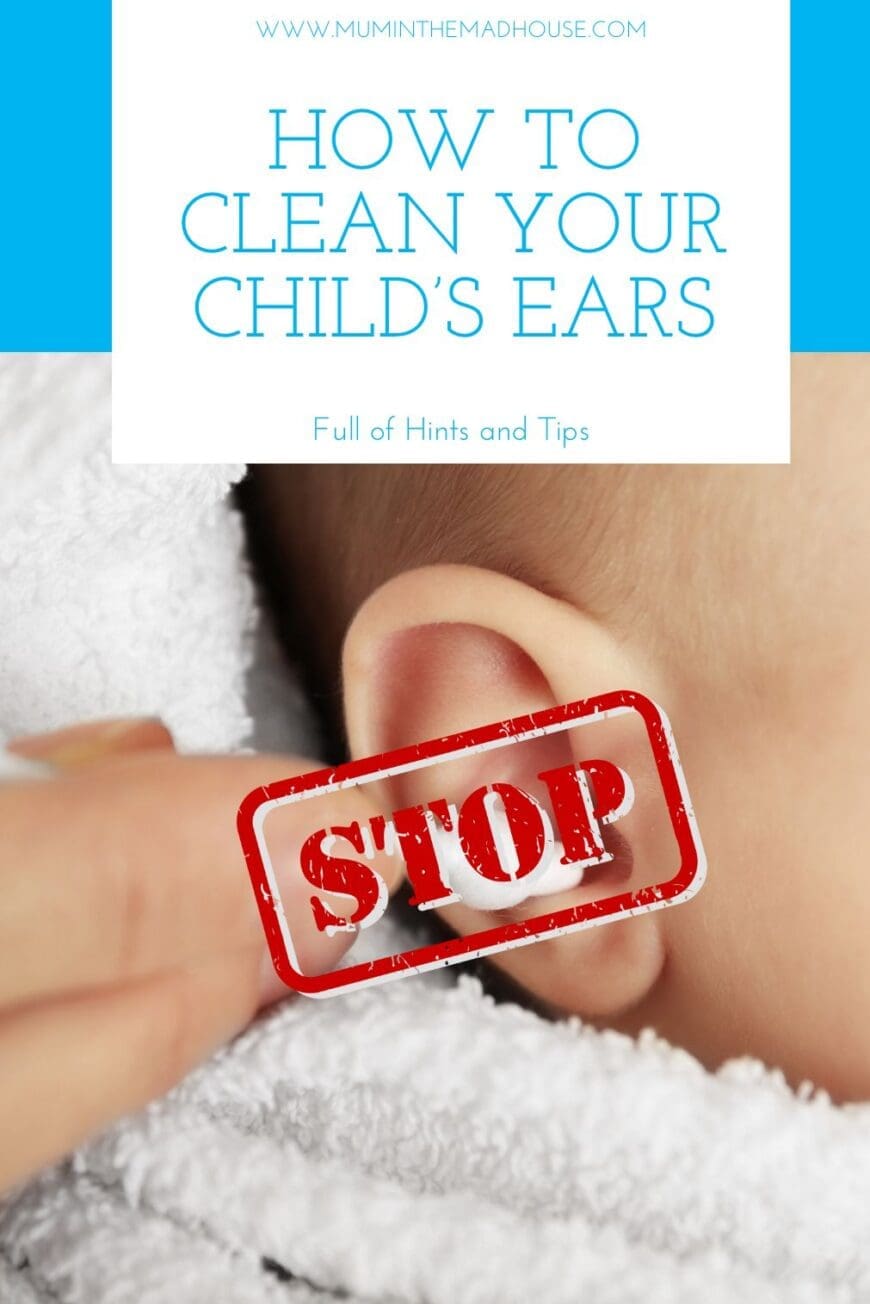A moderate earwax amount is healthy for your child because it’s lubricating, protecting, and has antibacterial features. If earwax builds up in your child’s ear, you can see it sticking around the ear. However, some signs of earwax blockage may be hard to spot, including irritated ears or reduced hearing.
Since it can be challenging to determine if your young one is experiencing pain due to earwax buildup, you can look into their ears or take them to a pediatrician for a checkup. As a parent, you can clean your child’s ears at home but carefully. This article educates you on how to clean your child’s ears.
1. Go for professional earwax removal
While kids will rarely experience earwax buildup, it’s not impossible. Excess earwax buildup can cause discomfort, itchiness, ear pain, and hearing loss if left unattended. Since it’s difficult to tell when an infant or toddler has an ear problem, tugging their ears could indicate an issue.
Professional earwax removal or cerumen management will be ideal if your child has excess earwax. Ear professionals, such as HearCanada, have specialized education, professional experience, and training to safely and painlessly clean your child’s ears while flushing out the earwax without possibly damaging their ears.

2. Use a damp washcloth
A damp washcloth is the most effective and gentle way to clean your child’s ears. With this method, you won’t cause irritation. Look for a soft washcloth and put it in warm water. Wring it out to ensure water doesn’t drip down because water droplets may get stuck in your child’s ear canal, causing more clogging and irritation.
Hold your child in a comfortable position and start wiping around their ears while gently trying to remove crust and other buildups. Avoid sticking the cloth inside the canal to prevent more clogging risk. Consider using a Q-tip to get to the buildup in the outer ear crevices.
3. Consider using ear drops
If your child has had impacted earwax buildup before, ear drops or formulas from a local drug store, including Debrox or hydrogen peroxide, can come in handy. Your doctor can recommend suitable ear drops for your child. If not, you can DIY a solution using Debrox or hydrogen peroxide and distilled water in a 1:1 ratio.
If your child is susceptible to ear wax impaction, gently use a few drops of Debrox or hydrogen peroxide with an eyedropper to soften the earwax. This makes it easier for your child’s ear to naturally push the earwax out to clean it with a washcloth.

4. Try a post-bath head tilt
To expel earwax from your child’s ears naturally after showering or bathing, instruct them to tilt their head to one side and then the other to get the remaining water out by letting it drip.
5. Avoid using ear swabs or inserting your fingers
When cleaning your child’s ears, don’t use cotton swabs because when you insert them into the canal, most of the earwax is pushed deeper into the ear. This may cause ear irritation and earwax buildup and even damage the eardrum. Similarly, you shouldn’t use your fingers to remove or scratch out earwax because they can irritate their ears.
Additionally, bacteria buildup under your nails may be transferred into the child’s ear canal, introducing dangerous bacteria. The nails may also scratch the child’s eardrum or delicate skin.

Endnote
While cleaning a young one’s ears might seem easy, it should be done with great care. Consider implementing these tips to clean your child’s ear.
Source link


